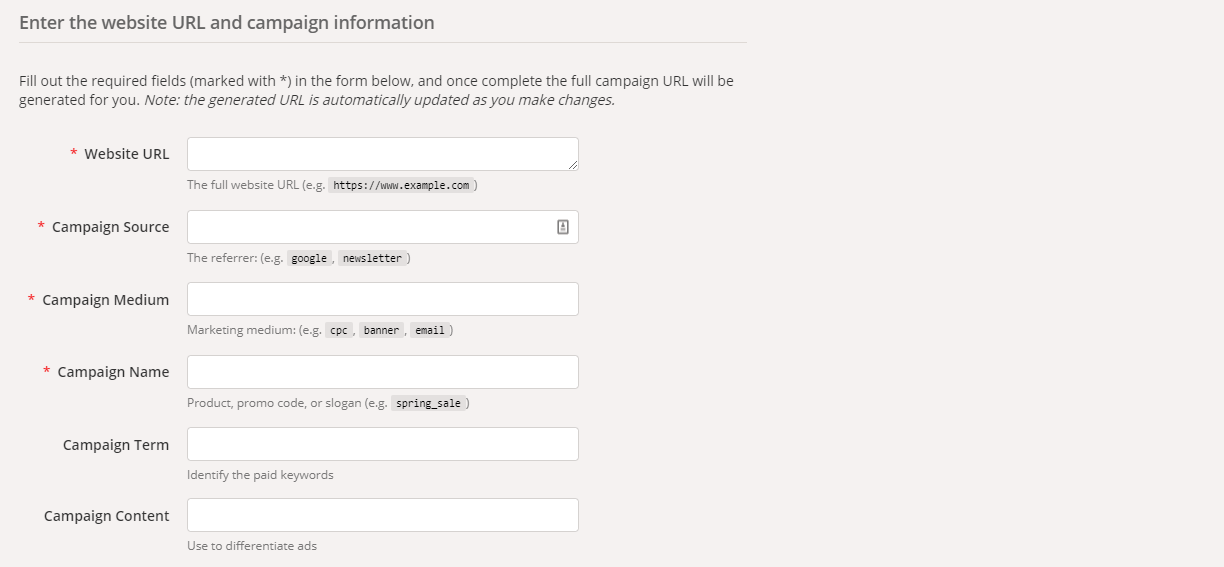When you think of your club’s gymnastics advertising you may picture a room full of Mad Men creatives leaning back in their chairs, pontificating about concepts and hidden meanings.
You may even think of finding the perfect tagline that can be remembered as part of your club’s history.
These are romantic thoughts, but they aren’t necessary for your club to achieve advertising success today.

What does advertising success look like today?
Today, advertising success is found by running measurable campaigns and being flexible to change.
In this blog, we’ll focus on the macro and micro measurements that you need to see advertising success.
Understanding ROI for your gymnastics advertising
First and foremost, your club needs to know how to measure Return on Investment (ROI). This is a macro, big-picture measurement.
Understanding ROI ensures you’re able to track the financial value of your gymnastics advertisements. Furthermore, it helps you see if the results of your ad justify the amount you’re spending on it.
Here’s how to calculate advertising campaign ROI:

The above formula will provide a percentage that shows how much financial value your club receives from a campaign. For example, a 30% ROI means that for every dollar you spend on your ad campaign, you’ll get $1.30 in return.
If you have a negative ROI, it’s clear that your gymnastics advertising campaign is losing money.
However, there is another way to look at negative ROI campaigns using customer lifetime value calculations.
Customer Lifetime Value ROI
A more long-term ROI calculation takes into account the average customer lifetime value (CLTV). In order to use this long-term ROI calculation, you’ll first need to calculate your CLTV. For a detailed look at CLTV and how to calculate it, check out this explainer video.
Once you have your CLTV number, you can incorporate it into your ROI calculations.
Here’s how to calculate advertising campaign ROI using Customer Lifetime Value (CLTV):

An ROI calculation using CLTV will return a much higher percentage because you’re not just factoring in the value of one season’s registration, but every seasons’ registration for your average customer.
What can you do with this average lifetime ROI calculation?
No one can predict the future but once you grasp this CLTV concept, your business can take a longer-term view on the value of your ad campaigns. This ultimately means that your club can take on more risk with your gymnastics advertising, if you’re comfortable.

Micro advertising measurements for gymnastics clubs
Now that we’ve discussed general macro measurements let’s talk about the micro measurements. How can you collect precise performance data about your advertisements?
Below we’ll go over five ways to collect data and measure the success of your gymnastics advertising campaigns for online and offline ads.
1) Built-in digital marketing metrics
Each digital marketing platform provides metrics to help you measure your success. That said, it is important to understand that some platforms may word things a bit differently.
Social media ad platforms will provide impressions, clicks and conversion data. While email platforms may provide opens, clicks and conversions.
Regardless of the specific wording, the general measurement will be the same.
You just want to know how many people saw your message (impressions/opens) , how many clicked to learn more (clicks), and how many went to your club website and registered for a class (conversions).
Whether you’re purchasing Facebook ads, Twitter ads, Google ads, or display ads from a specific website that serves your area, your club should always be able to obtain basic performance metrics from those platforms.
Using those metrics you’ll be able to clearly understand the amount of interest (clicks) and registrations (conversions) that your ad generated. And of course, how much it cost to generate that interest (cost per click) and conversions (cost per conversion).
2) Custom landing page metrics for offline campaigns
Custom landing pages are pages on your website that are made for a specific ad campaign.
When you create a custom landing page, it should almost always be an orphaned page. This means that the only thing pointing to your landing page is your advertisement. No other posts or navigation menu should link to your landing page.
Why? Because if there are no links to the landing page, you can be confident that the only people who visited the page came from your advertisement.
This means that the traffic on your landing page directly reflects the success of your ad.

Your custom landing page should also have a URL that is unique and easy to remember. If you’re running offline campaigns like print, television or radio ads you’ll want to include this unique URL in the advertisement. The easier the URL, the more likely it will be remembered and visited by your audience.
Custom landing pages need a good analytics system to measure page traffic like Google Analytics.
If you have a good analytics system, you’ll be able to see how many registrations come from visitors who started on your custom landing page. This data will ultimately help you understand the cost to generate interest (cost per landing page visit), and the cost to generate registrations (cost per conversion).
Note: Clubs using Uplifter’s gymnastics class software can easily create orphaned landing pages with unique URLs and add Google Analytics tracking. These pages can be custom registration pages or custom product detail pages. You can watch our webinar about custom registration pages or contact us to learn more.
3) Gymnastics advertising with UTM codes and analytics
UTM codes allow you to append informational text to the end of the URLs that you use in digital ads. This information can include a campaign source, campaign medium, campaign name and more. The screenshot below shows you exactly what you can add to a Google UTM Code.

Why add UTM codes to your advertising campaigns?
The different information you include in UTM codes will help you understand which campaigns drive website visitors to your site. Once they’re on your site, your analytics program can show you how long they stay and if they register for a program.
You can then use that information to determine the ROI and effectiveness of any campaigns that includes your UTM codes.
Of course, it’s imperative to use different UTM codes for each ad campaign so that you can easily understand the sources of your advertising traffic.
4) Link shorteners with built-in analytics
Short links were originally created to reduce the length of URLs for social media sharing. These shorter URLs allowed businesses to share links on platforms like Twitter, without going over their old 140 character limit.
Today, URL shorteners can also help you measure your advertising success when you pick a platform with built-in analytics.
Using a platform like Bit.ly, your club can easily create and share short links for ad campaigns. Plus, anytime these links are clicked, Bit.ly will automatically track the number of clicks, the referrer and the user’s country.

Although this tracking information may seem basic, combining a UTM code with a Bit.ly link can be powerful. Using the combination, you’ll be able to present a smaller link to users and track clicks while also measuring user activity on your site.
5) Call tracking tools for gymnastics advertising
Finally, call tracking can show you which ads or online properties are generating phone calls to your club.
For instance, Google My Business (GMB) offers some very basic call tracking that can help you see how many people clicked/tapped on the phone number you have listed on your GMB profile.

If you run Google Ads, you can also see how many people call your business by clicking the number in your ad. This call tracking information can be found as part of the built-in metrics in Google Ads.
For the most superior call tracking, there are custom call tracking numbers that track a wide array of data and even record phone calls to review later.
Most clubs won’t need advanced call tracking, but understanding how many clicks come from your Google My Business profile can be a good indicator of how many people are finding your business online.
For most clubs, this data will shed light on just how powerful a good online presence can be.
Summary: measurement is key to gymnastics advertising success
There are plenty of measurement tools available to help you understand your advertising success. Ultimately, the most important thing is that you understand the ROI your business needs.
Once you understand the ROI you need from your campaigns, you can make quick decisions about when to stop an ad campaign. Of course, stopping a campaign doesn’t mean your advertising is done. It just means it’s time to regroup and try a new tactic to reach your audience!
Have questions about your gymnastics advertising?
Reach out and contact us! We’re always happy to chat.







